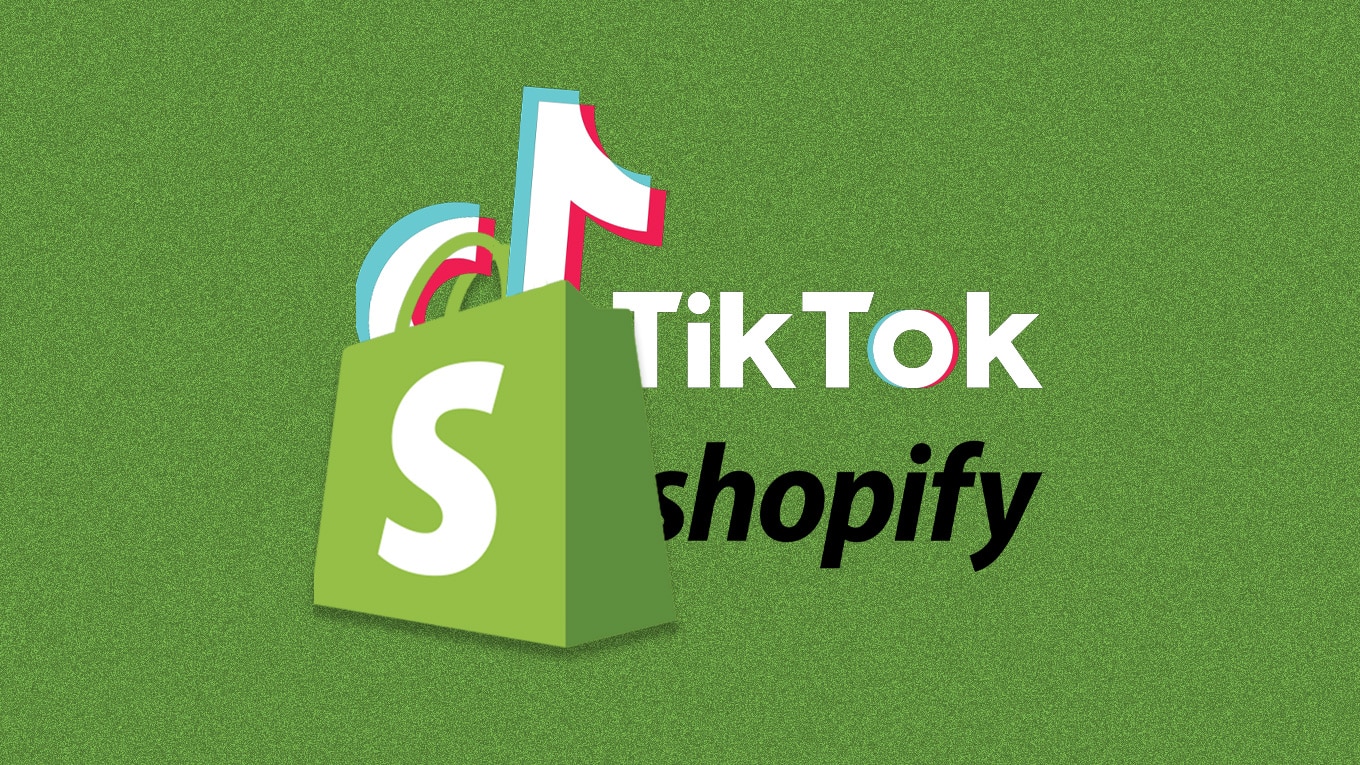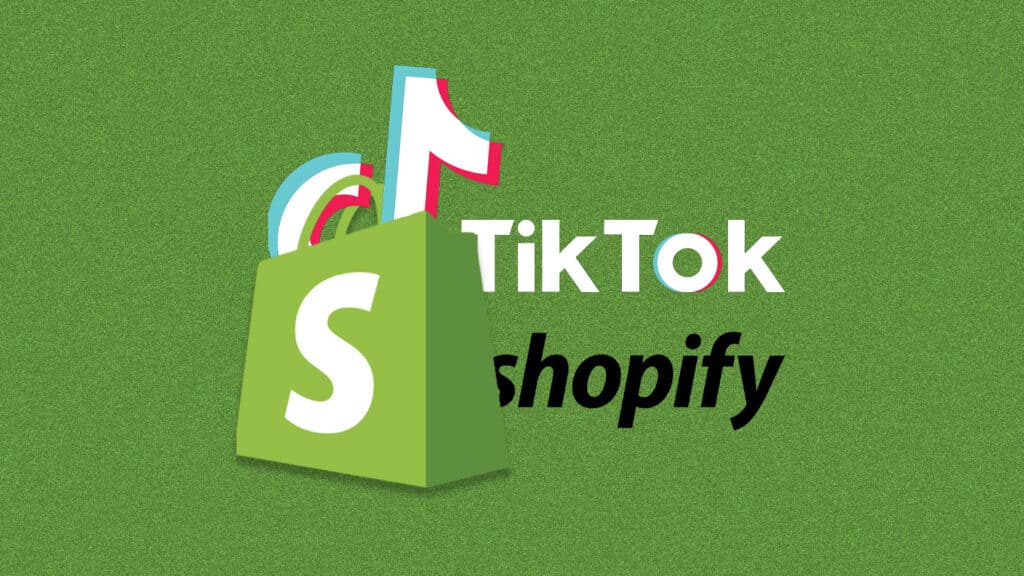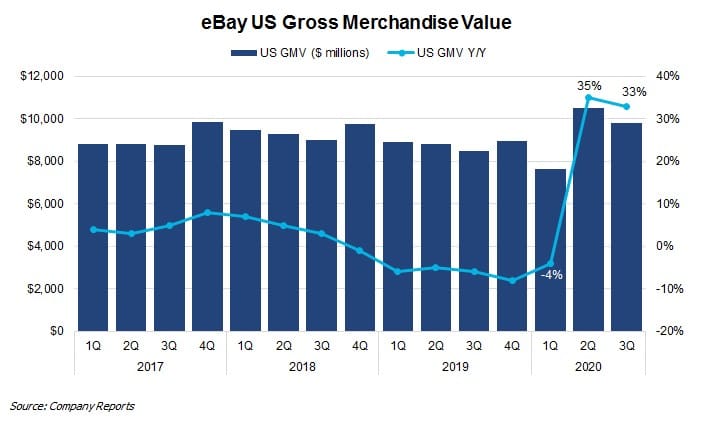
Optimizing eCommerce Teams; TikTok Partners with Shopify; eBay Elevated US Growth
By Cleveland AdminJust as the eCommerce industry has accelerated, hiring and investment plans originally slated for years out have also been accelerated, as 81% of brands report either slightly (48%) or significantly (33%) ramping up eCommerce investments relative to pre-pandemic plans. On average, eCommerce teams consist of seven dedicated individuals and five part-time individuals, and brands are planning to hire an additional 2.6 dedicated eCommerce employees over the next 12 months. This compares to an average of 1.7 planned hires in last year’s benchmark and implies a 50%+ increase in hiring plans, with COVID-19 likely the primary driver. Sales & account management, analytics, and supply chain & logistics are the most likely eCommerce functions to receive additional resources.

TikTok Partners with Shopify:
TikTok and Shopify announced a global partnership on Tuesday. This is yet another example of blurring the lines between retailers and advertisers. Like other commerce marketing avenues, TikTok is utilizing a self-service platform. Brands will be able to work through the TikTok for Business Ads Manager platform within the Shopify dashboard to craft their content and campaigns. In the announcement, TikTok also highlighted its ability to enable new product discovery and mentioned exploring paid and organic opportunities.

Source: Adweek.com
eBay Maintains Elevated Growth Rate in US:
eBay reported its US gross merchandise value grew 33% Y/Y in the most recent quarter ending in September. This compares to 35% Y/Y in the prior quarter and a decline of 4.9% in 2019. This pandemic-related growth continues to fuel the second largest online marketplace in the US (behind Amazon’s marketplace). The company saw peak growth in July and has since seen a moderation in demand, which eBay attributes to a wind-down of government stimulus payments. We will be watching Amazon’s results to see if it too was able to maintain a consistent growth rate compared to 2Q and whether it also saw a moderation beginning in July as a result of the lack of additional government stimulus.

